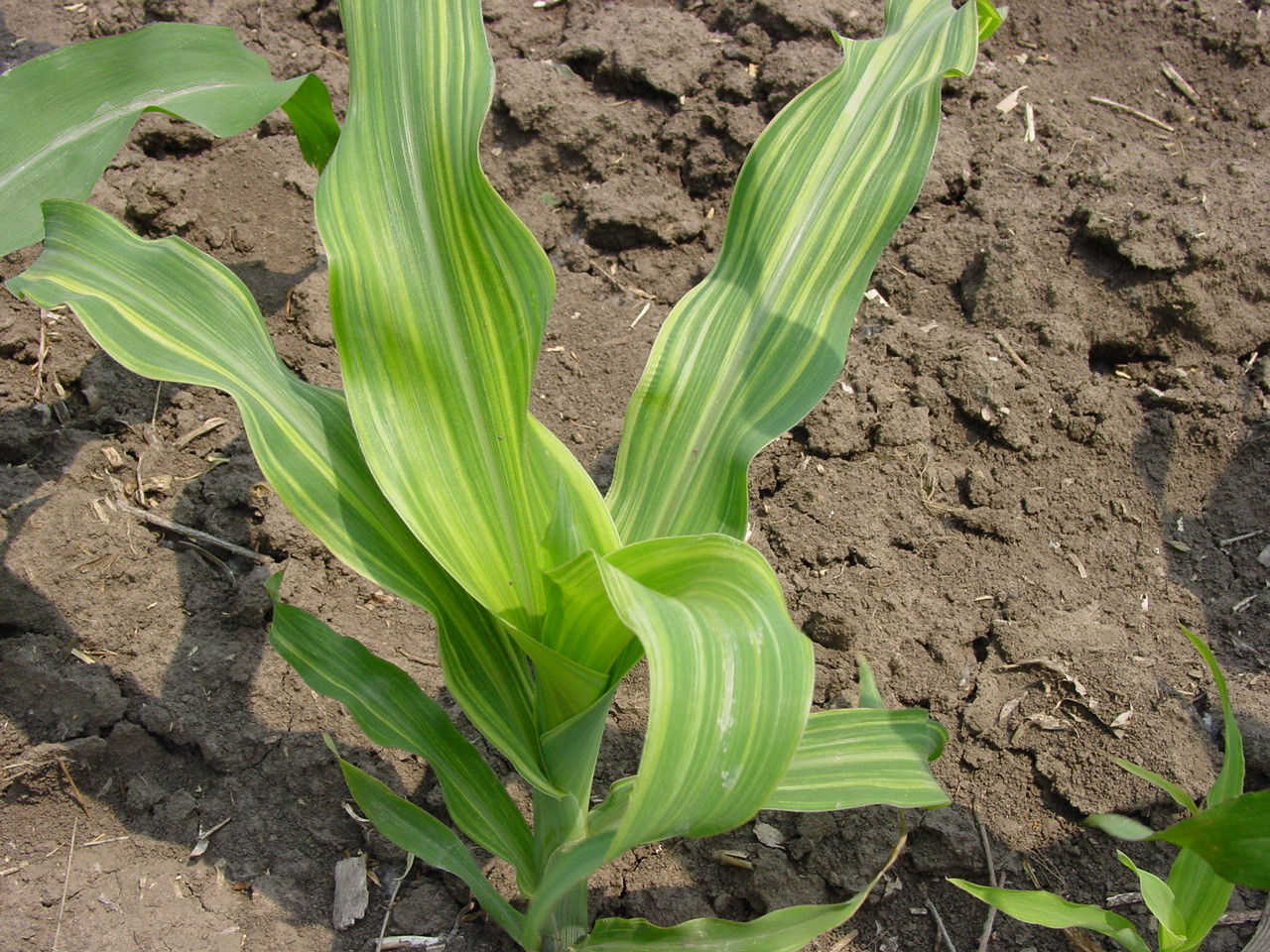3 MIN READ
Managing Zinc Deficiency in Corn to Improve Availability
September 30, 2020
When we plan our fertility program for corn, the focus is often on the macronutrients nitrogen (N), phosphorus (P) and potassium (K). However, though required by the crop in significantly lower quantities, micronutrients like zinc (Zn) are also vital to reaching performance goals. Zn is a component of several enzymes involved in growth development including carbohydrate, protein and chlorophyll formation.1
A 200 bu/acre corn crop utilizes approximately 150 pounds of N but only needs 0.2 pounds of Zn.2 At those levels, you would expect most soils to have plenty of Zn for the crop’s requirement. However, that is not always the case.
Corn Zinc Deficiency
Sandy soils are low in organic matter and calcareous soils are naturally low in Zn, but other factors can lead to Zn deficiencies.3
- Previous crop: Crops such as sugar beets, which are non-mycorrhizal plants, reduce the mycorrhizal population for the next year’s crop, reducing that crops ability to take up Zn.1
- High levels of P: Too much P fertilizer can induce Zn deficiencies in soils with marginal levels of Zn by interfering with the plant’s ability to metabolize Zn.4
- High pH soils: As pH levels rise above 7, Zn availability to the plant is reduced.4
- Cool soil temperatures and wet and cloudy spring environments can also influence the plant’s need for Zn.
Zinc Deficiency Symptoms Corn
Unlike N deficiency symptoms that start in the lower leaves, Zn deficiency shows up in the youngest leaves as broad bands of white to yellowish strips on both sides of the midrib. In severe instances, the tissue can eventually decay and turn brown. Tissue sampling is the best way to identify and confirm if the corn crop is deficient in Zn.

Zinc Deficiency Management in Corn
Proactive management is the best way to minimize and address potential Zn deficiency concerns. Spring soil sampling can identify fields low in Zn. Fertilizer applications should be considered if the Zn analysis falls below 0.8 ppm.3
Though we often focus on selecting the best corn product and trait package to help maximize corn performance potential, proper management of vital macronutrients such as Zn could be a key in any given year to help reach that maximum performance goal.
Cathy Soanes
Channel Agronomist
Sources:
1Sutradhar, A.K., Kaiser, D.E., and Rosen, C.J. 2016. Zinc for crop production. University of Minnesota Extension. https://extension.umn.edu/.
2Ward, R. Fertility Management “Corn on Corn”. “Guiding producers today to feed the world tomorrow”. https://traits.bayer.com/corn/Documents/Norfolk-Dr.%20Ray%20Ward.pdf?whg_rsrc=www.genuity.com.
3Wortmann, C. 2012. Except for iron and zinc, application of micronutrients often not warranted. CROPWATCH. University of Nebraska. .https://cropwatch.unl.edu/.
4Camberato, J. and Maloney, S. 2012. Zinc deficiency in corn. Soil Fertility Update. Purdue University Department of Agronomy. Purdue University. https://www.agry.purdue.edu/.